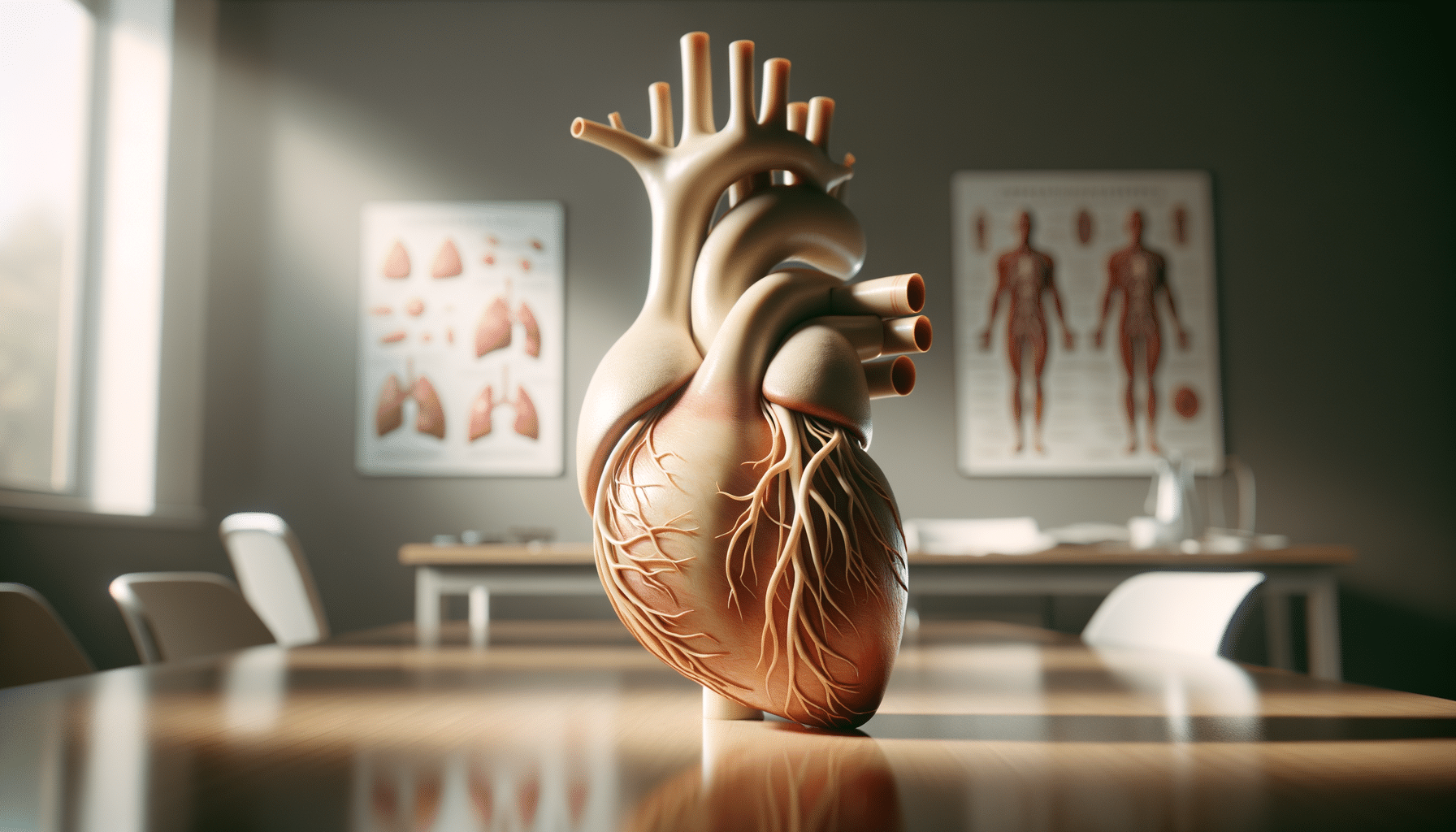
Understanding Abdominal Aortic Aneurysm Treatment
Introduction to Abdominal Aortic Aneurysm
An abdominal aortic aneurysm (AAA) is a condition characterized by an abnormal enlargement of the lower part of the aorta, the major blood vessel that supplies blood to the body. This swelling occurs when the aortic wall weakens, leading to a bulge that can grow over time. If left untreated, an AAA can lead to serious complications, including rupture, which can be life-threatening. Understanding the nature of this condition is crucial for both patients and healthcare professionals as it influences treatment decisions and outcomes.
AAAs are often asymptomatic, meaning they may not present any noticeable symptoms until they become large or rupture. This silent nature makes regular screening important, especially for individuals with risk factors such as smoking, high blood pressure, and a family history of aneurysms. The prevalence of AAA increases with age, and it is more common in men than in women.
Identifying an AAA early can significantly improve management and treatment outcomes. Regular ultrasound screenings are recommended for at-risk populations, allowing for timely intervention. With advancements in medical technology, there are numerous treatment options available, ranging from monitoring to surgical repair, depending on the size and growth rate of the aneurysm.
Medical Management of AAA
Medical management of abdominal aortic aneurysm focuses on monitoring and controlling risk factors to prevent the aneurysm from growing or rupturing. For small aneurysms, regular monitoring through imaging tests such as ultrasound or CT scans is often recommended. This approach allows healthcare providers to track the size and growth rate of the aneurysm, ensuring timely intervention if necessary.
Controlling blood pressure is a key component of medical management. Antihypertensive medications are commonly prescribed to maintain blood pressure within a healthy range, reducing stress on the aortic wall. Additionally, lifestyle modifications such as quitting smoking, adopting a heart-healthy diet, and engaging in regular exercise can help manage risk factors associated with aneurysm growth.
In some cases, medications that lower cholesterol levels, such as statins, may be prescribed to further reduce the risk of cardiovascular complications. While these interventions do not shrink the aneurysm, they play a crucial role in stabilizing its progression and minimizing the risk of rupture.
Overall, the medical management of AAA is a proactive approach that involves regular monitoring, medication, and lifestyle changes. It is a collaborative effort between the patient and healthcare provider, aimed at maintaining the patient’s quality of life and preventing serious complications.
Surgical Treatment Options
When an abdominal aortic aneurysm reaches a certain size or exhibits rapid growth, surgical intervention becomes necessary. There are two primary surgical options for treating AAA: open surgical repair and endovascular aneurysm repair (EVAR). Each approach has its own set of advantages and considerations, and the choice of procedure depends on the patient’s overall health, the size and location of the aneurysm, and other individual factors.
Open surgical repair involves making an incision in the abdomen to access the aorta, where the surgeon removes the aneurysm and replaces it with a synthetic graft. This traditional approach has been used for decades and is considered highly effective. However, it is a major surgery that requires a longer recovery period.
Endovascular aneurysm repair (EVAR) is a minimally invasive alternative that involves inserting a stent-graft through a small incision in the groin. The stent-graft is guided to the site of the aneurysm, where it is deployed to reinforce the weakened section of the aorta. EVAR typically results in a shorter hospital stay and faster recovery compared to open surgery, making it a preferred option for many patients.
Both surgical options have proven to be effective in preventing aneurysm rupture, but they come with their own risks and potential complications. Patients should have a thorough discussion with their healthcare provider to understand the benefits and risks associated with each procedure and make an informed decision.
Recovery and Lifestyle Adjustments
Recovery from AAA treatment varies depending on the type of procedure performed. Patients who undergo open surgical repair typically require a longer recovery period, which may include several days in the hospital followed by weeks of rest at home. Physical activity is gradually reintroduced, with a focus on avoiding heavy lifting and strenuous activities until fully healed.
Those who undergo endovascular aneurysm repair generally experience a quicker recovery. Hospital stays are shorter, and patients can often return to their normal activities within a few weeks. However, regular follow-up appointments are necessary to monitor the stent-graft and ensure it remains in place and functions properly.
Regardless of the treatment method, lifestyle adjustments play a crucial role in long-term recovery and health maintenance. Patients are encouraged to adopt heart-healthy habits, including a balanced diet rich in fruits, vegetables, and whole grains, as well as regular exercise to maintain a healthy weight and cardiovascular health. Smoking cessation is particularly important, as smoking can contribute to the weakening of blood vessel walls and increase the risk of future aneurysms.
By adhering to these lifestyle changes and attending regular medical check-ups, patients can significantly reduce the risk of complications and improve their overall quality of life post-treatment.
Conclusion
Abdominal aortic aneurysm is a serious condition that necessitates careful monitoring and management. While medical management can effectively stabilize small aneurysms, larger or rapidly growing aneurysms may require surgical intervention. Choosing the appropriate treatment option is a decision that should be made collaboratively between the patient and healthcare provider, taking into account the patient’s health status and personal preferences.
Advancements in medical technology have expanded the range of treatment options available, allowing for more personalized and effective care. Whether through traditional open surgery or the less invasive EVAR, the goal remains the same: to prevent rupture and ensure patient safety.
Ultimately, a proactive approach to managing AAA, including lifestyle changes and regular follow-ups, is essential for maintaining health and preventing complications. By staying informed and actively participating in their care, patients can navigate the challenges of AAA with confidence and resilience.


